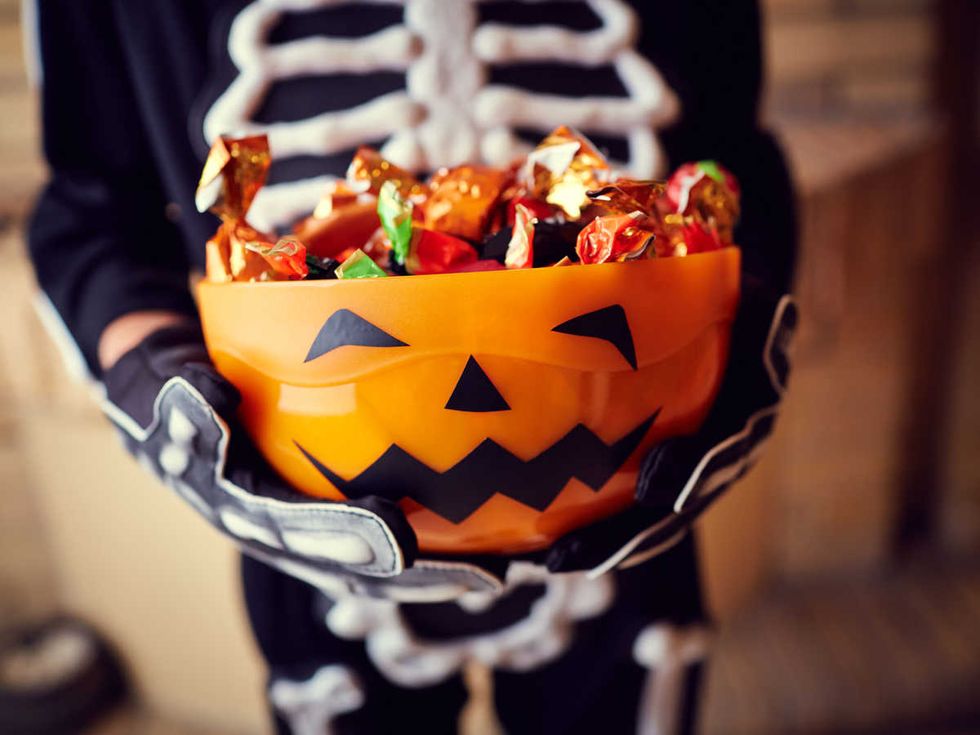Halloween is a multi-cultural holiday that has a lot of influences. The influences come from everywhere. From the Celtics to America, the traditions of Halloween are both fun and scary. Religion and other physical forces have say in what becomes traditions. These are four little known facts about the candy-seeking and mysterious holiday that is Halloween.
1. There is a $1,000 fine for buying and using Silly String in Hollywood on Halloween.
This law in California is meant to prevent vandalism on the holiday that is known for the tricks. Silly string can cause problems with safety, and is toxic for the environment. From midnight on October 31st to noon on November 1st. If you get caught with Silly String, you have to pay the fine and go to jail for six months. Imagine someone driving down a street and the stop sign was completely covered in Silly String. The shape is noticeable, but someone could not be paying attention and hit someone. The formula in the string has been known to damage the environment. The formula, in large amounts, can cause problems with the plants in the surrounding area, like blocking the sunshine from reaching plants that are underneath the pile of Silly String.
2. Dressing up on the night of Halloween comes from the Celtics.
With Halloween having roots in ancient European traditions, the festival of Samhain is celebrated on October 31st by the Celtics. The festival is also the Wiccan New Year. The people would light bonfires and wear costumes to ward off ghosts. The ideas that our elders would tell us are rooted in tradition. So when your parents tell you that you want to confuse the devil on the darkest nights of the year, it is tradition that has been around for thousands of years.
3. Trick or Treating is a tradition from Medieval Times.
This community-based ritual was from the middle ages. The peasants would dress up on Halloween night and beg for food in exchange for prayers. This would happen for many years until the Irish brought it over to the Americas. The tradition continued until WWII, and it was discontinued due to the sugar ration. Trick or Treating resumed after the sugar ration was lifted.
4. Halloween is the second most commercial holiday in America.
It is estimated that 148 million Americans will take part in Halloween. In 2010, Halloween Consumer Intentions and Actions Survey, the National Retail Federation found that Americans will spend $66.28 per person on costumes, candy and decorations. It went up $10 per person from 2008 according to the same survey that was taken that year. Businesses use the belief of escaping reality for one night to increase prices for traditional items used on Halloween.
Halloween is a holiday that is deeply rooted in different traditions from different cultures. All that we were taught when we younger is something from the church. Different traditions were taken from different cultures. Traditions come and adhere to modern traditions. Traditions change over the years. Halloween is truly about dressing up and asking for food, but how we were taught when we were young is not the whole story.

















